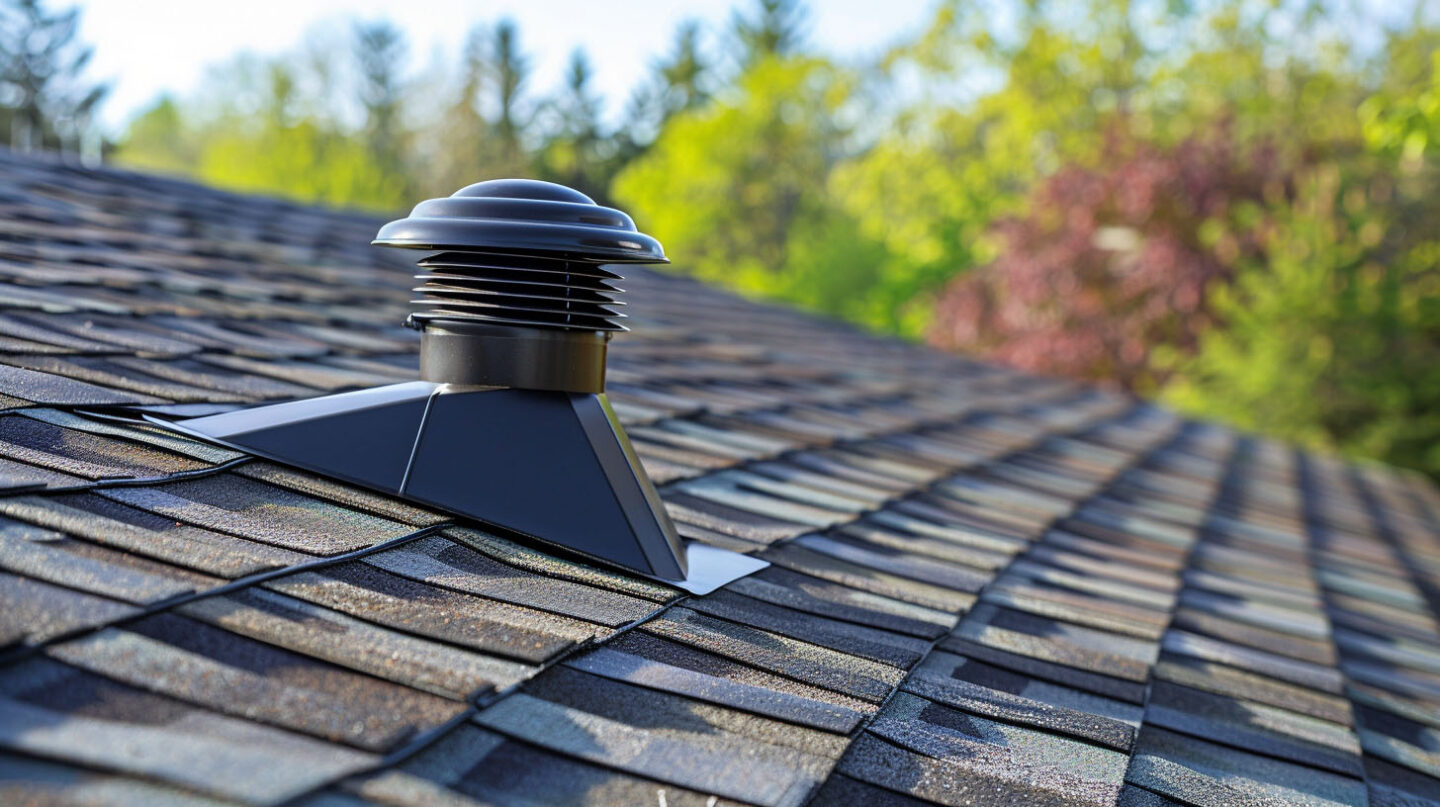Proper maintenance of roof penetrations is essential for preventing water ingress and ensuring your home’s energy efficiency. At The Shingle Master, we understand that these openings, which include vent pipes and exhaust systems, require attention to detail in both installation and upkeep in Cary, NC. Our team conducts regular inspections of features such as vent pipe flashing and pipe boot installations to prevent costly structural damage and preserve the lifespan of your roofing materials. With the right approach, we help you avoid expensive repairs while safeguarding your plumbing system and maintaining a watertight seal against harsh weather conditions.
Understanding Roof Penetrations and Their Importance
Every pipe, vent, and mount that sticks out of your roof is known as a roof penetration. While they are essential for your home’s plumbing, ventilation, and other systems, they also represent a potential weak point in your roof’s defense against the elements.
A properly sealed pipe boot and roof flashing are what stand between a functional vent and a costly leak. That’s why understanding these components is so crucial for any homeowner. Now, let’s explore what these penetrations are and why they are so vital for your home’s protection.
What Are Roof Penetrations?
Roof penetrations refer to any openings created in a roof to accommodate various systems, such as vents, plumbing stacks, and chimneys. These structures are crucial for ventilation and drainage, ensuring the integrity of the building while preventing moisture-related issues.
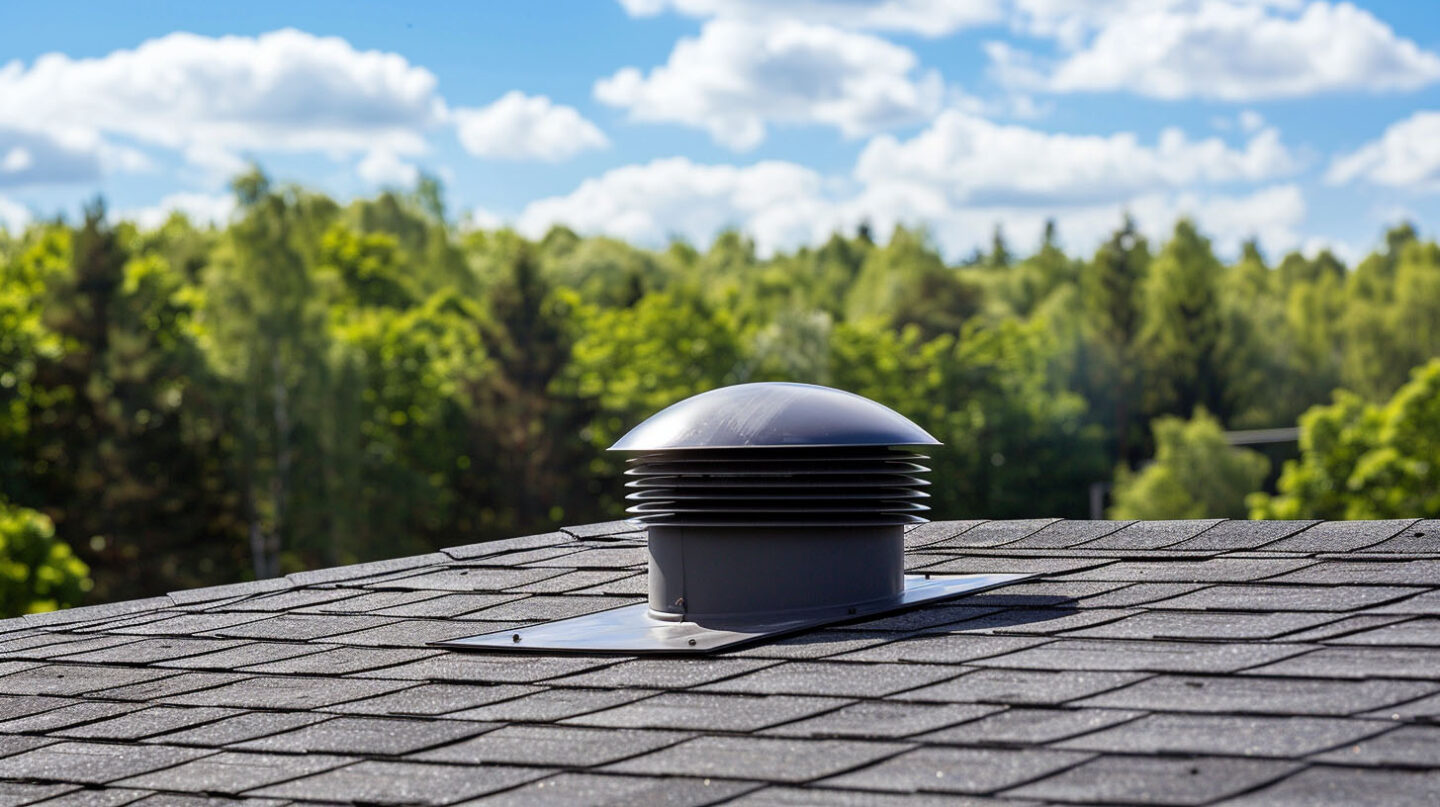
Why Roof Penetrations Matter for Home Protection
Properly functioning roof penetrations are crucial in safeguarding a home against moisture buildup and structural damage. They facilitate the efficient passage of plumbing vent pipes and exhaust vents while maintaining a watertight seal. Neglecting these essential components can lead to potential leaks, causing expensive repairs tied to water damage over time. By ensuring expert installation and routine inspections of roof boots and vents, homeowners can enhance their home’s energy efficiency and protect their investment from harsh weather conditions.
Types of Common Roof Penetrations
Your roof likely has several different types of penetrations, each with a unique job. The most common are vents for plumbing and attic ventilation, but you may also have mounts for equipment like satellite dishes or solar panels. Each of these requires a specific sealing method to remain watertight.
A vent pipe boot, for example, is designed to slide over a pipe, while mounting systems for solar panels need a different approach to secure them to the roof deck. We’ll look at some of the most common types you’ll find on a residential roof.
Roof Vents and Plumbing Stacks
Essential components of a roofing system, roof vents and plumbing stacks ensure proper ventilation and drainage. Roof vents facilitate the expulsion of exhaust gases and moisture, enhancing a home’s energy efficiency, while plumbing stacks allow for the escape of sewer gases, crucial for maintaining a healthy indoor environment. Effective pipe boot installation at these penetrations serves as a watertight seal, preventing potential leaks and moisture buildup. Regular inspections are vital to identify signs of wear, ensuring long-lasting protection against structural damage.
Roof Boots: Their Role and Function
Roof boots serve as essential components in the roofing system, designed to create a watertight seal around pipe penetrations. These boots, typically made from durable materials like rubber or EPDM, protect plumbing vent pipes from water ingress and moisture buildup, which can lead to structural damage and expensive repairs. They also act as a barrier against UV exposure and harsh weather, ensuring that the plumbing system remains functional and efficient while minimizing potential leaks over time.
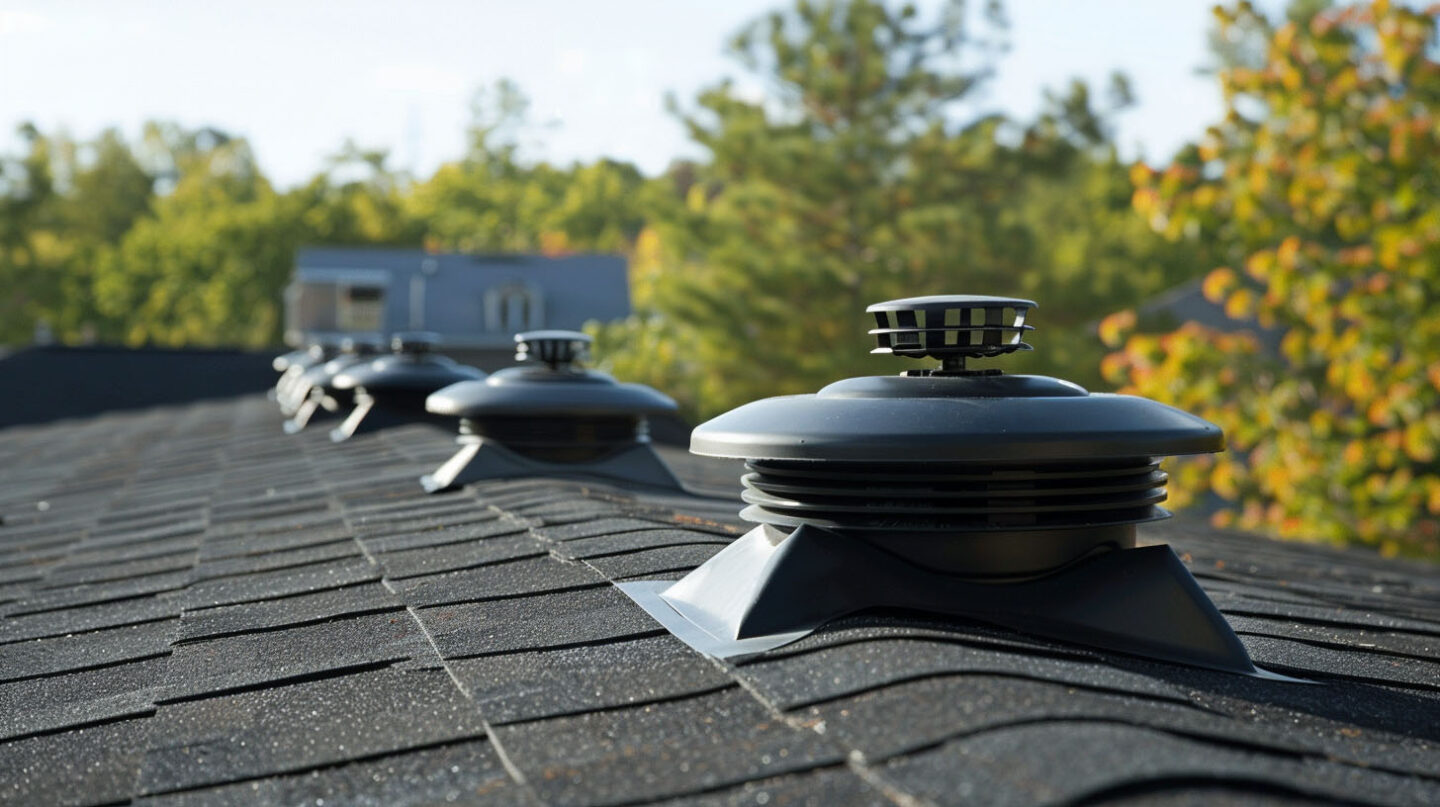
Mounts for Satellite Dishes, Solar Panels, and More
Mounting systems for satellite dishes, solar panels, and similar applications play a crucial role in the overall integrity of a roofing system. Properly installed mounts ensure a tight seal against water ingress while withstanding extreme weather conditions. Selecting the right material, whether metal or durable composites, enhances the longevity and resistance to UV exposure. Regular inspections of mounts for signs of wear are essential to prevent costly repairs and protect the home’s energy efficiency by ensuring optimal functionality of these installations.
Materials Used in Roof Vent Boots and Their Durability
The longevity of a roof boot depends heavily on the material it’s made from. Options range from flexible rubber boots to sturdy metal ones. Your choice of material often depends on your roof type, climate, and budget. For instance, EPDM rubber is a popular choice for its flexibility and UV resistance, while metal boots are common on metal roofs.
Making sure you have the right material for your specific situation is key to preventing premature failure and ensuring a lasting, watertight seal. Let’s examine some of the most common materials and their characteristics.
Rubber, Neoprene, and EPDM Roof Boots
Various types of roof boots, including rubber, neoprene, and EPDM, each offer unique benefits for ensuring a watertight seal around pipe penetrations. Rubber boots, known for their flexibility, can endure harsh weather while providing a snug fit. Neoprene, meanwhile, excels in UV protection and durability, extending its lifespan under direct sunlight. EPDM roofs are championed for their long-lasting performance in preventing moisture buildup and potential leaks, making them a reliable choice in the roofing industry for various environmental conditions.
Metal and Lead Roof Boots: Pros and Cons
Metal and lead roof boots offer distinct advantages and drawbacks for homeowners. A primary benefit of metal boots is their durability, providing a tight seal that withstands harsh weather and UV exposure. However, the weight of metal can pose challenges during installation and may lead to structural stress over time. On the other hand, lead boots offer excellent flexibility and water resistance but can present environmental concerns due to lead’s toxicity. Ultimately, the choice hinges on the specific needs of the roofing system.
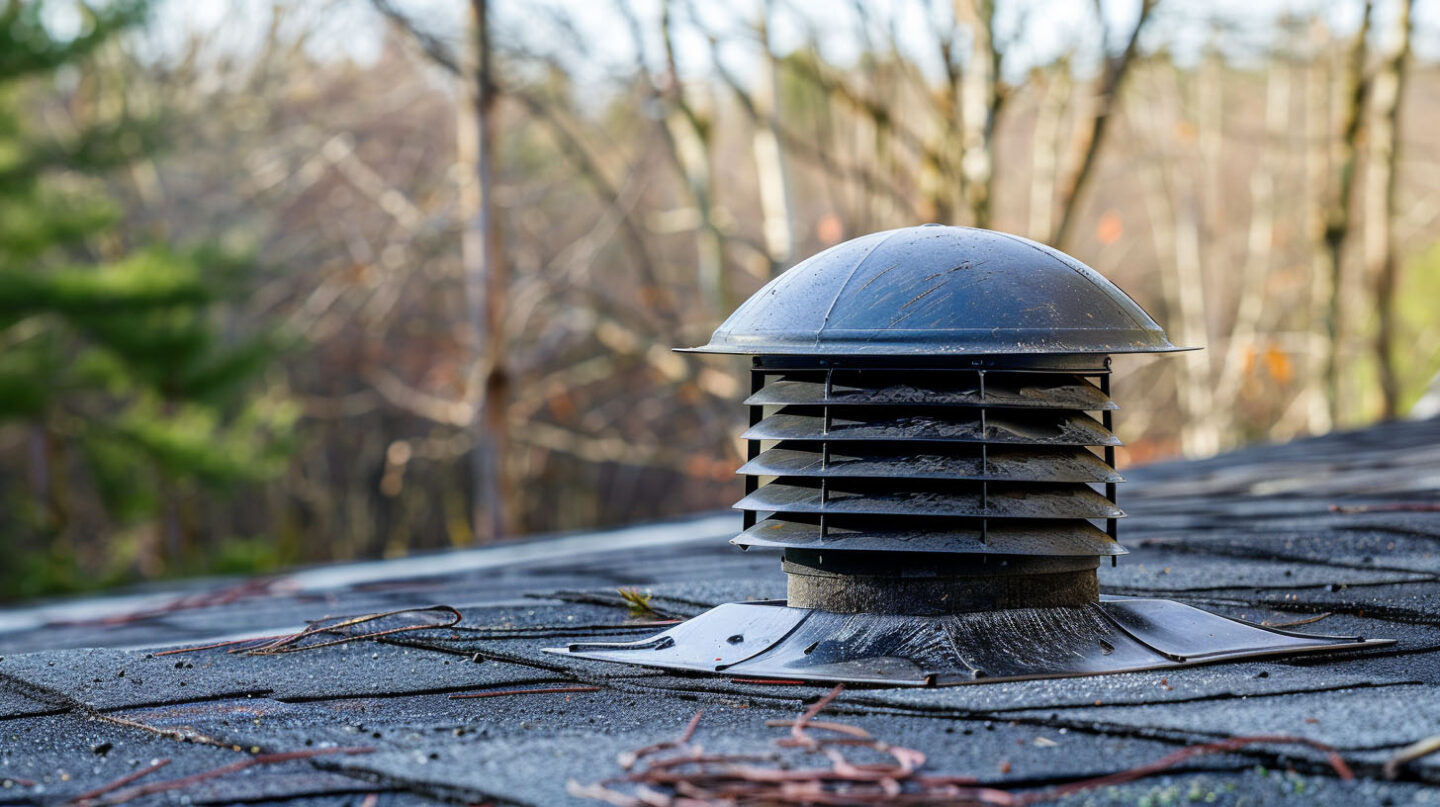
Inspecting Roof Vents, Boots, and Mounts for Damage
You don’t have to be a roofing expert to spot the initial signs of wear. Knowing what to look for can help you decide when it’s time to call a professional. Here are the key signs of damage and how often you should be checking for them.
Signs of Wear and Tear to Look For
Identifying signs of wear and tear on roof penetrations is essential for maintaining a watertight seal. Look for cracks, gaps, or curling edges in vent pipe flashing, as these indicate potential leaks. Discoloration or brittleness in rubber or neoprene boots often suggests exposure to UV light and moisture buildup. Regular inspections can reveal signs of structural damage or deterioration due to harsh weather conditions, helping you avoid expensive repairs and ensuring your home’s energy efficiency remains intact.
How Often Should Inspections Be Done?
Regular inspections of roof vents, boots, and mounts should be performed at least twice a year, ideally in spring and fall. Additionally, after significant weather events, it’s crucial to check for potential damage to maintain the integrity of your roofing system.
Get in Touch
Maintaining roof penetrations is crucial for preventing costly repairs and ensuring a watertight seal. Regular inspections of roofs, including vent boots and mounts, can significantly reduce the risk of moisture buildup and structural damage from extreme weather. Utilizing durable materials, like EPDM rubber or metal, tailored to your specific roofing needs enhances the longevity of these components. An expert installation combined with routine checks ensures optimal home protection, thereby safeguarding your roofing system and enhancing your home’s energy efficiency against potential leaks.
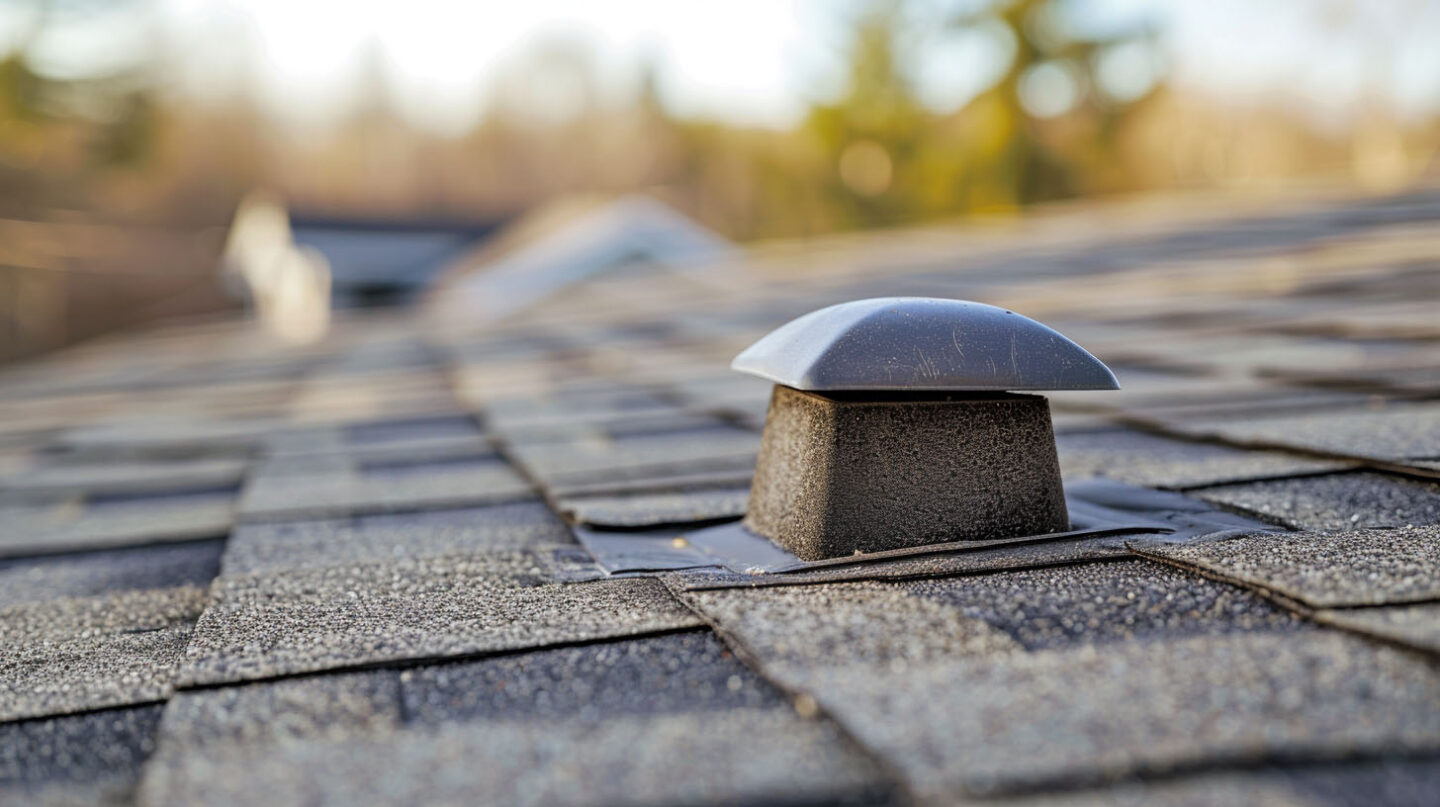
Frequently Asked Questions
How often should you replace roof vent boots?
A roof boot should generally be replaced every 10-15 years, but this can vary. In areas with extreme weather, a pipe boot may degrade faster. If routine inspections reveal any signs of wear, such as cracks or brittleness, it’s best to replace it immediately to prevent leaks.
How to maintain roof vents?
Maintaining a roof vent involves keeping it free of debris and ensuring the flashing remains sealed. Schedule routine inspections to check for damage to the vent itself and the boot around it. This ensures your roofing system maintains a tight seal and prevents water ingress around the penetration.
What are signs of a bad roof boot?
Signs of a bad roof boot include visible cracks, splits, or crumbling material. You might also notice water stains on the ceiling directly below the pipe, moisture buildup in your attic, or damage to the roof deck. These are all indicators of potential leaks that need immediate attention.
Read our blog: Insurance Supplements: Why Your Contractor Adds Line Items

